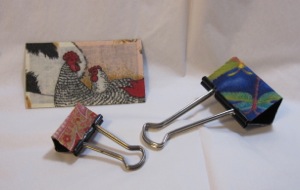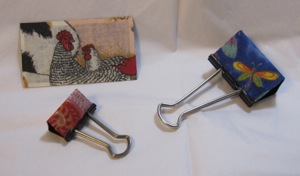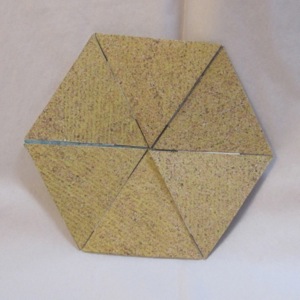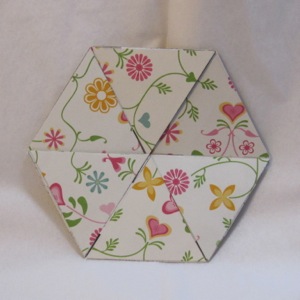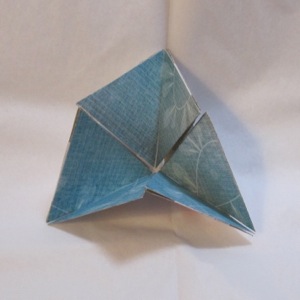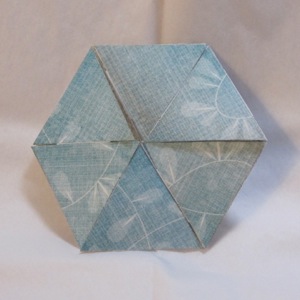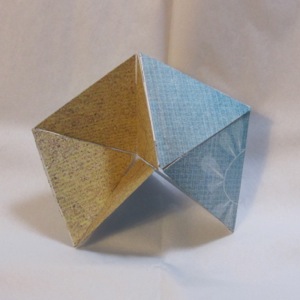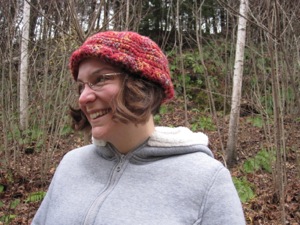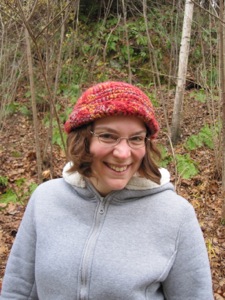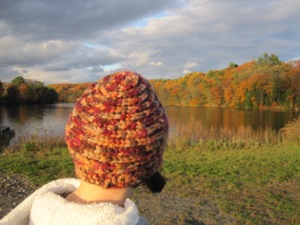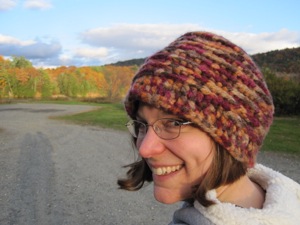In the spirit of my emergency pumpkins, I have a brief seasonal pattern for you today.
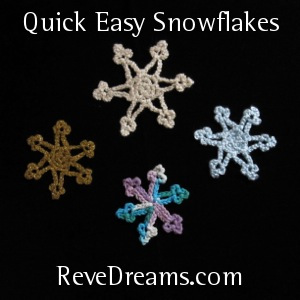
You like the fancy picture?
The pattern! Abbreviations and links to general instructions here.
Quick Easy Snowflake
Ch 4 and join with sl st into ring.
Ch 1. *sc into ring, ch 3* three times (3 sc, 3 ch sp made).
Join to first sc with sl st; ch 1. In each ch sp: sc, ch 2, sc, ch 2 (6 sc, 6 ch sp made).
Sl st in first sc to join. Sl st into next ch sp, ch 1.
*Sc in same ch sp; ch 8, sl st in 4th ch from hk. Ch 4, sl st in same ch as previous sl st. Ch 3, sl st in same ch as previous sl st. Ch 3, sc in next ch sp.* around (6 points made).
Last sc will envelop the sl st that preceded the first *…*; sl st into the ch 1 immediately after that sl st. FO.
[pardon my edit, here and below. that last ch 3 used to say ch 4; that was in error from a previous version of the pattern. the legs decidedly lean if you ch 4. apologies for the error!]
I like to pull that last yarn end to the back of the snowflake through the chain space that those first and last single crochets were made into. Weave in the ends, yank on opposite pairs of points to straighten them, tug the side nubs of each point apart. Sometimes the points want to lean a bit, which can be helped by holding down the beginning chain of each point while tugging the first side nub away from the center of the flake. If your snowflakes want to curl up, iron them (all snowflakes above were ironed). You can stiffen them like thread crochet snowflakes, if you want to hang them.
The yarns used above were Lion Brand Vanna’s Glamour (gold), Red Heart Holiday (off-white), Caron Simply Soft (light blue), and Lily Sugar ‘n’ Cream (variegated). All were made with an F/5 hook (3.75mm).
“But, Reve,” I hear you saying, “one of these things is not like the others!” I applaud your Sesame Street reference and reply with another pattern!
Quick Easy Snowflake – Variation
Ch 4 and join with sl st into ring.
*Ch 8, sl st in 4th ch from hk. Ch 4, sl st in same ch as previous sl st. Ch 3, sl st in same ch as previous sl st. Ch 3, sl st into ring* six times (6 points made).
FO. That’s all!
